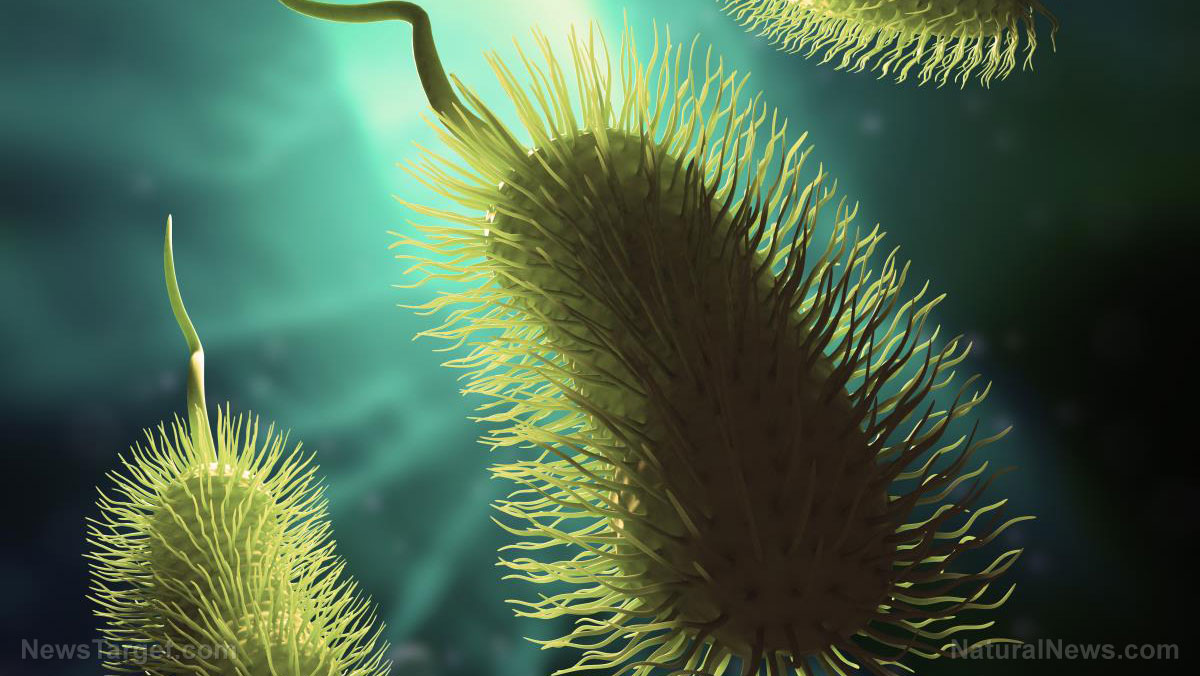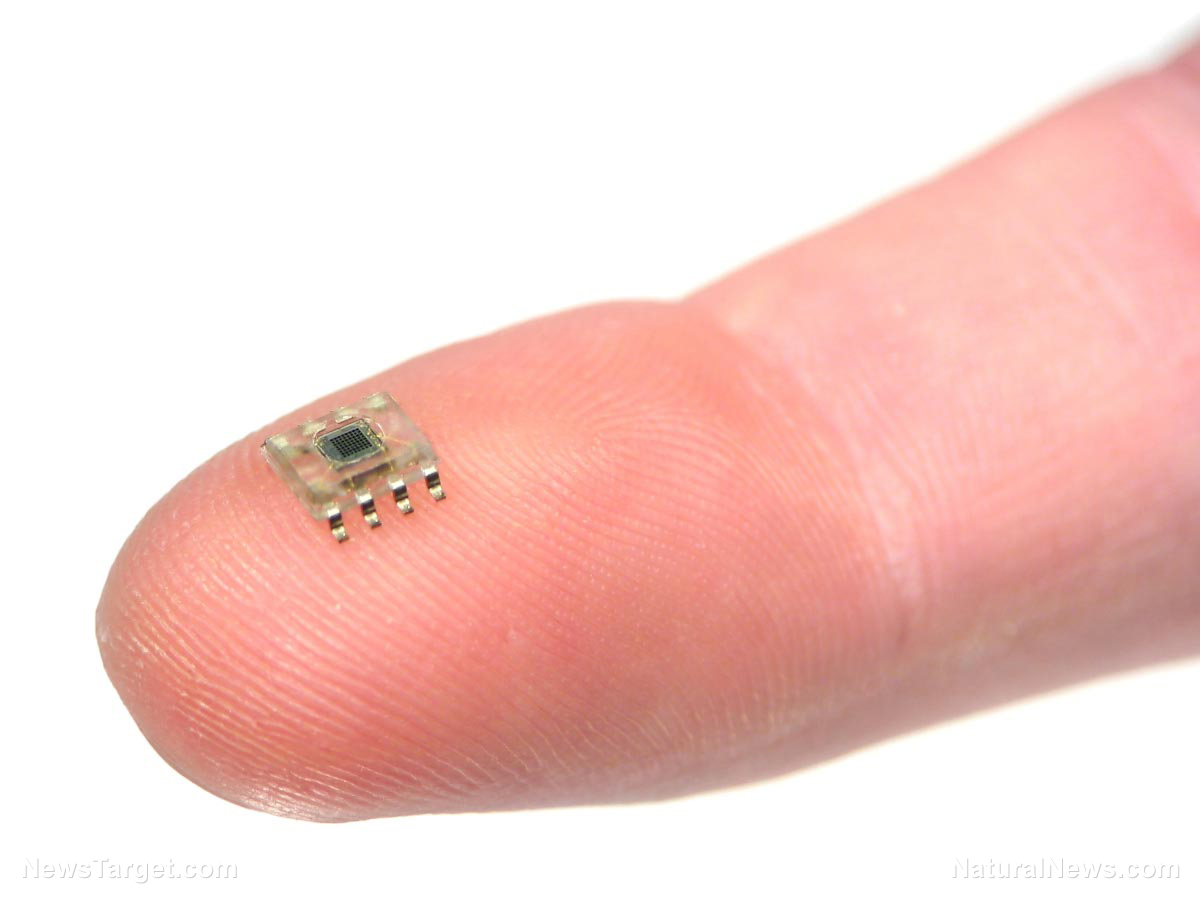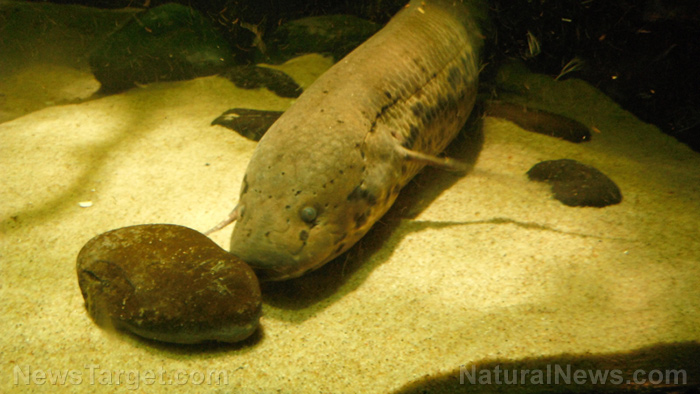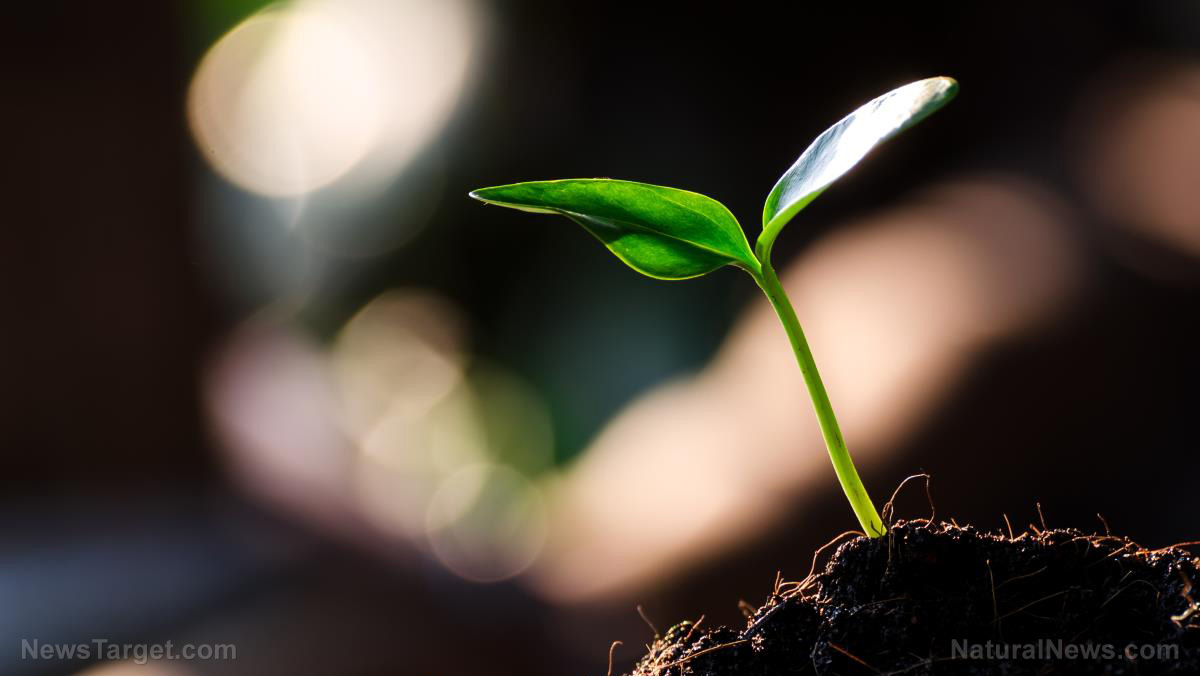Study of microbes found in cow stomachs could lead to energy extraction breakthrough, aiding in production of biofuels
03/20/2018 / By Ethan Huff

To develop new techniques in maximizing food and fuel production in the modern age, researchers from The University in Edinburgh in the United Kingdom are turning to an unlikely source for answers: The living bacteria inside the guts of bovine animals.
A new study claims that microbes may be the solution to figuring out how to improve production of meat and milk, as well as biofuels made from organic materials like corn.
The focus of the study involved identifying which microbes in the stomachs of cows are most utilized for extracting energy from the foods they eat. It also looked at corresponding enzymes to determine how this energy conversion is catalyzed – both processes believed to hold the key to revolutionary developments in 21st-century resource creation.
Led by scientists from the school’s Roslin Institute, in conjunction with Scotland’s Rural College (SRUC), the paper looked specifically at microbes living in the first stomach of cows, known as the rumen. Among the 43 cows they examined, the team identified 913 diverse strains of living microbes.
A vast majority of these microbes have never before been identified, suggesting that there’s a whole lot we don’t know about the nature of the bovine gut microbiome. The enzymatic reactions were also eye-opening, revealing potential methods that humans can mimic to better extract energy and nutrition from plant material.
The implications of all this for future advancements in fuel creation are enormous, experts claim. They say that beef and dairy production could be increased on a substantial scale, helping to provide more food and nutrition to the world’s growing population.
“This has been a truly fascinating study, and really we are only beginning to understand what these microbes do,” stated Professor Mick Watson, one of the study’s authors.
“The fact most of them were very different to microbes that have already been discovered surprised us, so we just can’t wait to study them further. If we can improve the efficiency of digestion in cows and other ruminants, we may be able to produce more food for people whilst using fewer resources. This is a key aim of improving global food security.”
Moral of the study: Nature almost always has the answer to humanity’s practical problems
Cows are a perfect specimen for this type of research because they thrive on plant-based foods, converting it into the energy they need to produce milk and healthy meat. Gaining a better understanding of how their bodies do this just might be the key to developing an improved food production system for humans all over the world.
“The newly identified microbial species in the rumen of beef cattle will greatly improve our understanding of how the rumen microbial ecosystem works,” added Professor Rainer Roehe, another researcher involved with the project who believes that taking a page from nature’s playbook is the best approach for humanity moving forward.
“Using breeding and nutritional interventions, we will be able to use this information to help improve cattle health and performance throughout the world.”
The study further supports the growing transition to pasture-based meat and dairy production, which is not only better for the environment but also utilizes what nature has already set into motion without having to “reinvent the wheel.”
Rotating animals on pasture land not only helps to improve the quality of the land, producing healthier meat and dairy, but it also maximizes the efficiency of the animals eating all of that natural grass – which is exactly what this study sought to pinpoint.
Science is continually looking for new ways to maximize food production while conserving our natural resources. To keep up with the latest news on this front, visit FoodSupply.news.
Sources for this article include:
Tagged Under: bacteria, biofuels, bovine, cows, discoveries, efficiency, energy, food supply, Microbes, nature, renewable energy, research, rumen, science, stomach, University of Edinburgh



















